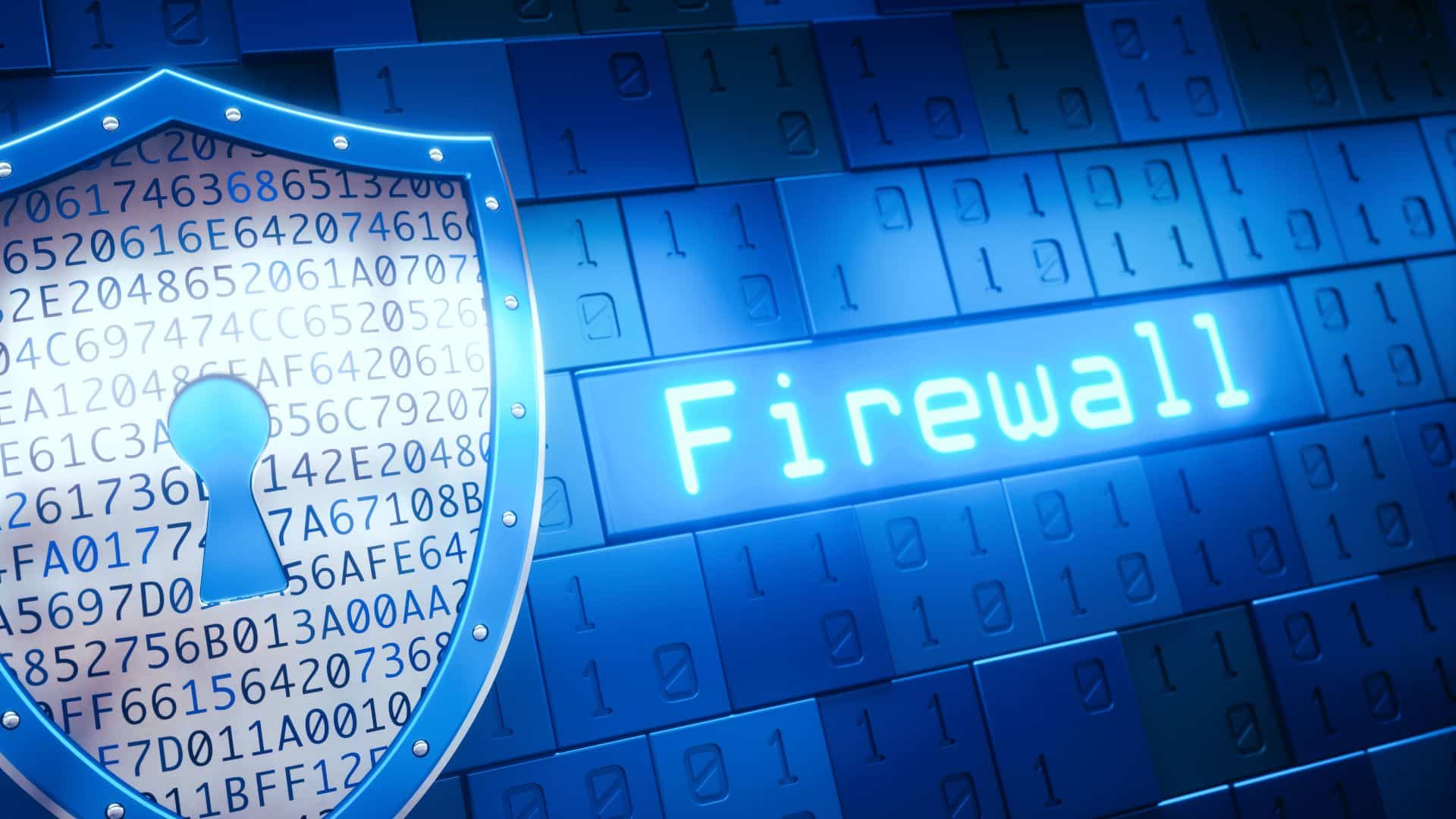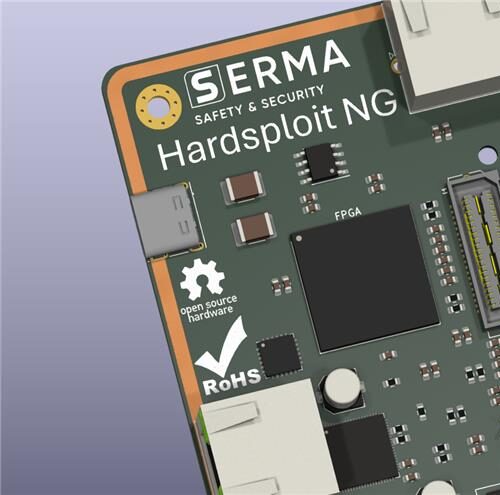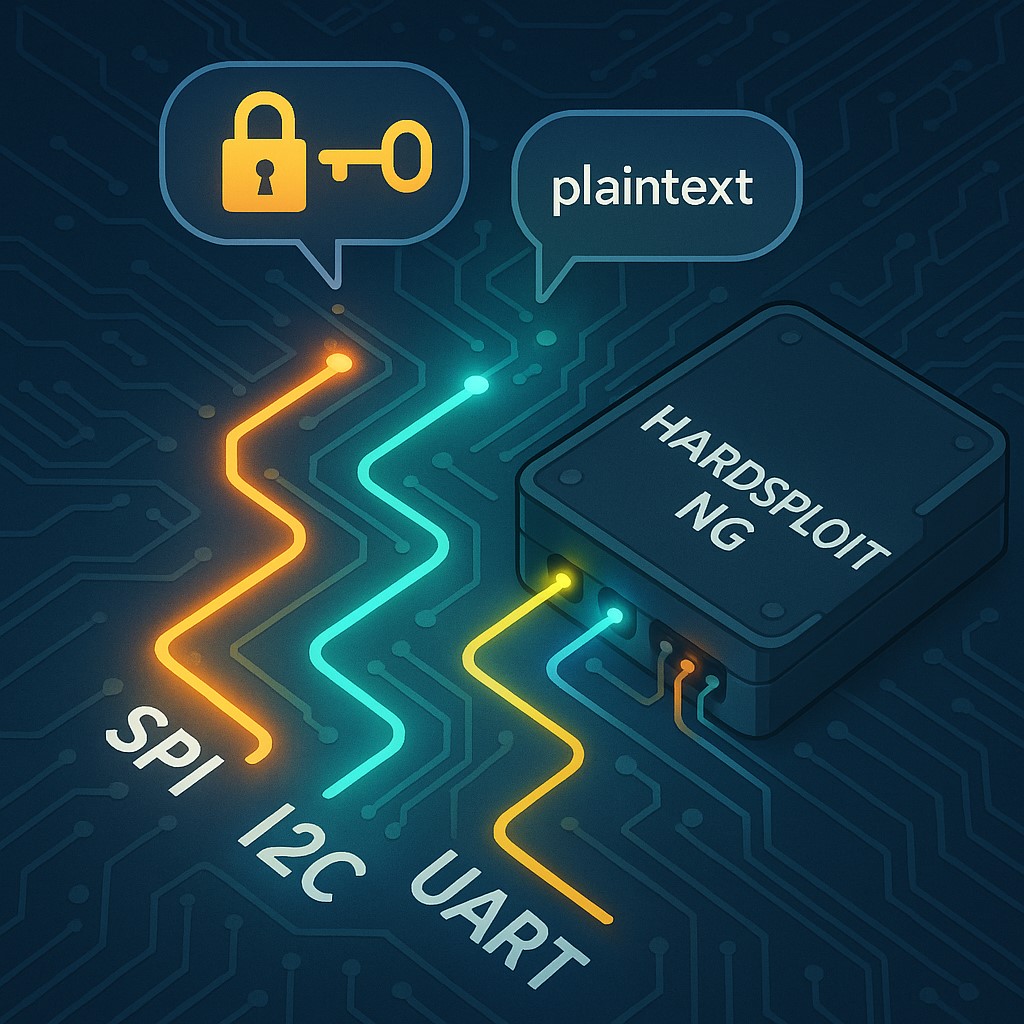The firewall: a core security tool
Imagine a company that has invested millions in securing its data, deployed the best antivirus software and intrusion detection systems, yet lets its firewall run with rules unchanged since deployment, never reviewed. Is this an isolated case? Unfortunately not. Far too often, firewall rule audits are pushed aside, seen as tedious or even pointless tasks. Yet these audits are crucial. How can you ensure system security if you don’t know who is allowed to come in or go out?
Firewall rule audits are not just a compliance exercise—they are a strategic lever for risk management.
In this article, we will explore the challenges, methods, and best practices for conducting an effective firewall audit.
The role of a firewall
A firewall acts as a filtering barrier between multiple networks, allowing or blocking data flows based on configured rules. These rules can be very simple (e.g., “allow HTTP from internal network to Internet”) or more complex (e.g., specifying a particular network range, user groups, adding security profiles…).
We all know that an information system evolves daily, driven by the addition of new networks, the addition or removal of servers, new offices. These changes require adjustments to firewalls, yet it is often observed that once in place, firewall rules are rarely reviewed.
Over time, they accumulate, contradict each other, or become obsolete. These are known as “zombie rules” or “shadow rules.” Such unoptimized rules can cause security breaches leading to cyberattacks.
Why audit firewall rules?
Auditing firewall rules serves several fundamental purposes that go far beyond mere technical verification.
First, it aims to identify rules that have become obsolete or unused, in order to free up resources on the equipment and reduce the attack surface exposed to potential threats.
At the same time, the audit ensures that the configurations in place comply with internal security policies, as well as applicable standards and regulatory requirements.
The audit also helps improve rule clarity. A clear and well-structured filtering policy facilitates maintenance, reduces human errors, and enhances responsiveness when needed.
Failing to regularly conduct this exercise exposes the organization to significant risks: critical ports may be unintentionally left open, overly broad rules can allow uncontrolled access, and incident traceability may be severely compromised.
One-time or continuous audit: which approach to choose?
The question of the right timing to conduct a firewall audit often arises during discussions with CISOs or network managers. In practice, there are two main approaches: one-time audits and regular audits.
A one-time audit usually happens in reaction to a triggering event. This could be a security incident, such as a network breach or suspicion of intrusion, which warrants an immediate review of existing rules. It could also be motivated by an infrastructure change, like a cloud migration, network redesign, or implementation of a new information system. In these cases, the goal is to verify that the existing rules remain suitable for the new context and do not create vulnerabilities.
In parallel, a mature governance strategy relies on regular audits, scheduled at predefined intervals—typically quarterly, semi-annually, or annually. These preventive audits are part of a continuous security posture improvement process. They not only limit configuration drift but also facilitate collaboration between stakeholders by maintaining shared visibility of filtering policies. By automating certain tasks and documenting changes over time, these regular audits contribute to a more professional firewall management approach.
Whether conducted as a one-time event or on a recurring basis, firewall audits must follow a clear, rigorous, and reproducible methodology to ensure reliable findings and effective recommendations.
Tools and expertise deployed
The effectiveness of a firewall audit largely depends on the smart combination of advanced technological tools and sharp human expertise.
In complex environments (with large rule sets or infrastructures involving many firewalls), dedicated firewall and rules audit solutions enable automated reviews.
These tools can analyze vast rule sets, detect inconsistencies or duplications, visualize allowed flows, and even simulate the impact of configuration changes. They save considerable time.
In smaller environments, audits can be conducted manually or using built-in features of firewall solutions.
However, even though tools exist, it would be simplistic to believe technology alone is enough. The success of an audit primarily rests on the skills of the analysts. Their ability to interpret results, understand business context, communicate with system and network administrators, and provide actionable recommendations makes all the difference.
It is this synergy between automation and human expertise that guarantees the quality and relevance of the firewall audits we conduct for our clients.
Best practices for rule management
At the end of each engagement, certain recommendations consistently emerge as fundamentals to implement in order to sustain security and facilitate future audit operations. It is essential to establish systematic traceability of rules: each entry in the filtering policy should be associated with a unique identifier, a clearly designated owner, and an explicit operational justification. This approach ensures better accountability and eases investigations in case of an incident.
It is also advisable to adopt clear naming conventions for all objects, rules, or groups used in the firewall. Using clear and descriptive names is far better than traditional “object1” or “rule2” labels, which often cause confusion and errors during maintenance.
The principle of default security, often summarized by the concept of “Zero Trust,” should be integrated from the design of policies: no traffic should be allowed without justification, and every access must be explicitly defined. This notably involves adopting a default “deny all” posture.
Temporary rules must be clearly identified, either through explicit comments or specific tags/labels, to ensure they don’t become permanent by oversight or negligence. This identification allows for monitoring and implementing automatic removal or regular revalidation processes.
Finally, periodic rule review should be part of security governance. This formalized process links evolving business needs with necessary technical adjustments. It must be accompanied by efforts to break down silos: network, security, development, and even business teams should be able to collaborate around flow mapping and security policies. It is within this cross-functional collaboration that a significant part of sustainable firewall security success lies.
Conclusion: firewall audit, a strategic investment
Auditing your firewalls is much more than a mere technical exercise — it is a strategic investment. It allows you to better control your exposure to risks, anticipate drifts, ensure compliance, and sustainably strengthen your security posture.
This ongoing effort of analysis, cleanup, and rule optimization is a proactive approach that enhances the organization’s resilience against evolving threats.
As security experts in an IT services company, we witness this daily: the most agile and robust organizations are those that have integrated firewall audits into their operational management routines. They reap tangible benefits both technically and strategically.
Every poorly defined firewall rule is a potential vulnerability — the audit makes this clear and uncompromisingly.




